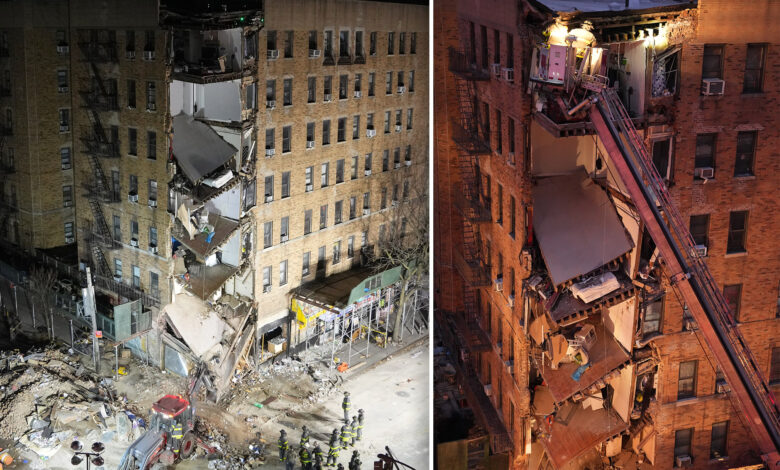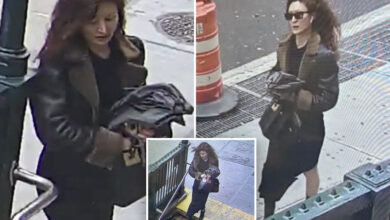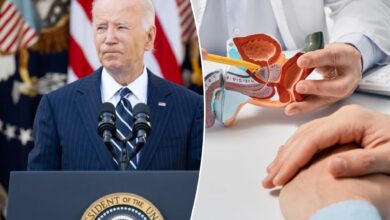COVID-19 delayed repairs needed for collapsed Bronx building

The Bronx building that abruptly caved in Monday had been deemed “unsafe” by an engineering firm in February 2020 — just before the COVID-19 pandemic brought the Big Apple to a standstill — forcing the structure’s deteriorating facade to go without critical repairs for years.
The seven-story Billingsley Terrace building in Morris Heights began to partially collapse around 3:30 p.m. Monday, prompting a speedy 90-second response from firefighters who scoured through rubble and debris and fortunately found no victims.
Work was being done on the nearly 100-year-old building as recently as a few days ago, but not on the day of the collapse, Department of Buildings Commissioner James Oddo said.
Much-needed repairs recommended by Koenigsberg Engineering PC, which inspected the building on Feb. 18, 2020, were put on hold due to the COVID-19 pandemic, according to Building Department records.
At the time, engineers visually examined the facade using binoculars and a “digital camera equipped with lenses ranging from 17-300mm for high-resolution photographs.” Engineers also tapped on the bricks with a hammer and shook fire escapes and other railings to ensure they were sturdy.
Limited hands-on inspection included erecting scaffolding to examine the bricks on one section of the building that was facing the street, according to records.
“Even though this location was selected to be representative of the remaining facade, conclusions drawn regarding the remaining portions of the facade may not be done with complete certainty,” the firm wrote.
In their report, the engineers noted that “while nothing on the building is imminently hazardous, the Building is considered administratively ‘Unsafe’” due to issues raised in prior inspections that had not been fixed, including “significant masonry damage throughout the facade.”
Some other problems flagged included cracked brick, vertical cracks at window sills and water tables, loose and damaged mortar, a slightly bowed section of parapet and cracks at the parapet interior.
Engineers returned on March 23, 2021, noting in their last report that “it was expected that the work would be complete by February 2021. However, the outbreak of COVID-19 delayed the start on the repairs.”
During the brief follow-up, they noted that “conditions observed in 2020 have not changed.”
The most recent report found seven unsafe facade conditions, including deteriorating mortar and cracked bricks, Oddo noted during Monday’s press conference.
Oddo said that the building department will now take a “strong look” at the owner’s plans they recently resubmitted to bring the facade up to code.
“Again we’re taking a look at the drawings that they submitted as part of the permit,” he said. “And I want to be clear, unsafe facade conditions is not the same as an unsafe building. But we are taking a good look at the paperwork, the drawings that they submitted, and we’ll have some answers.”
The building had seven open violations, but none were structural, the building department head said.
Two civilians suffered minor injuries during the evacuation of the building, which includes 47 residential units and six businesses.
There were no casualties, officials said.
Officials have not yet determined why part of the building collapsed.




